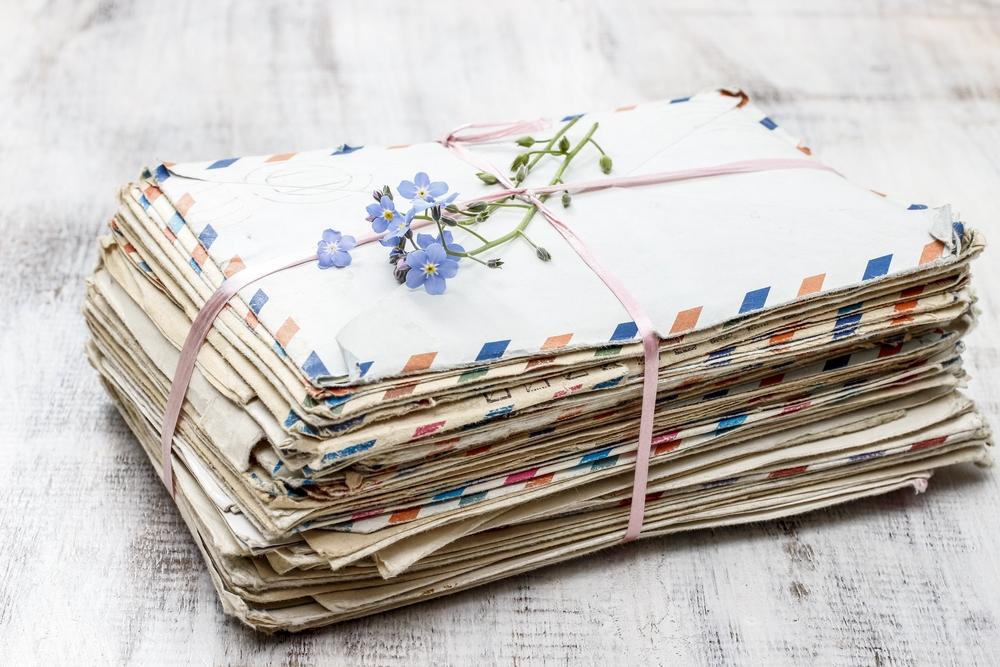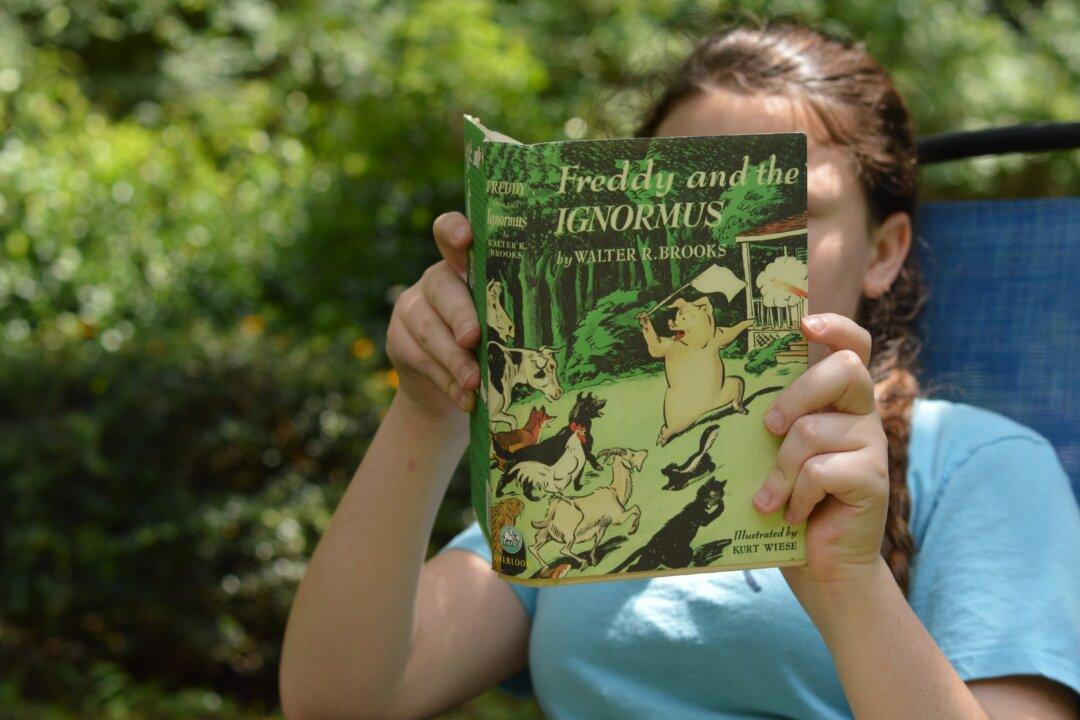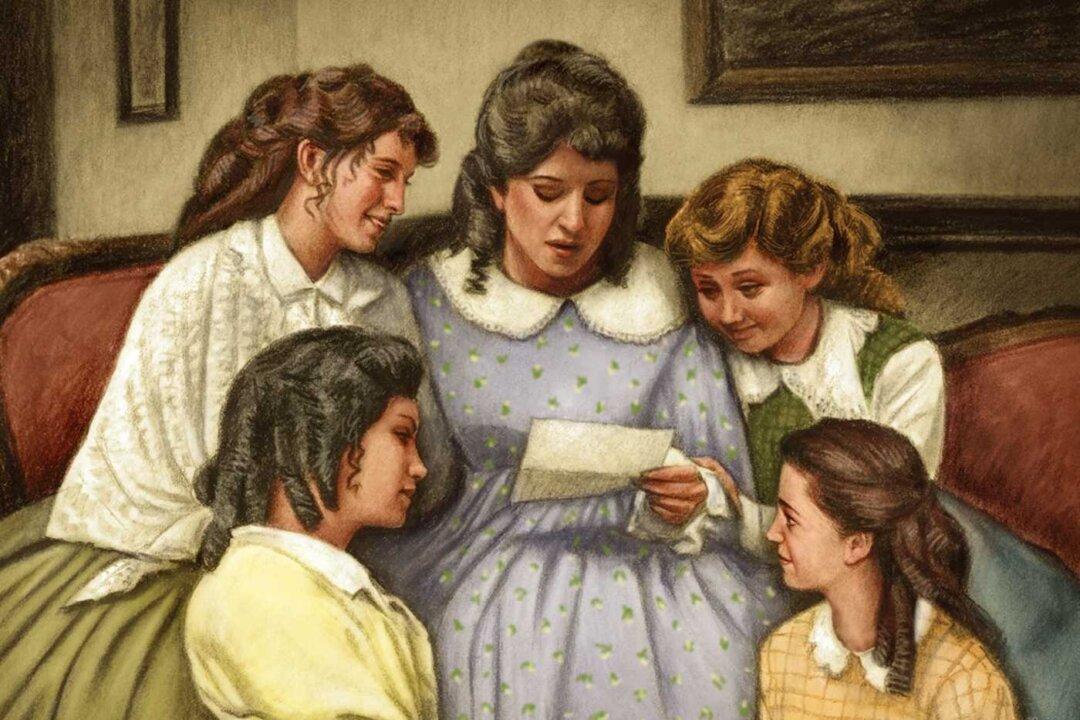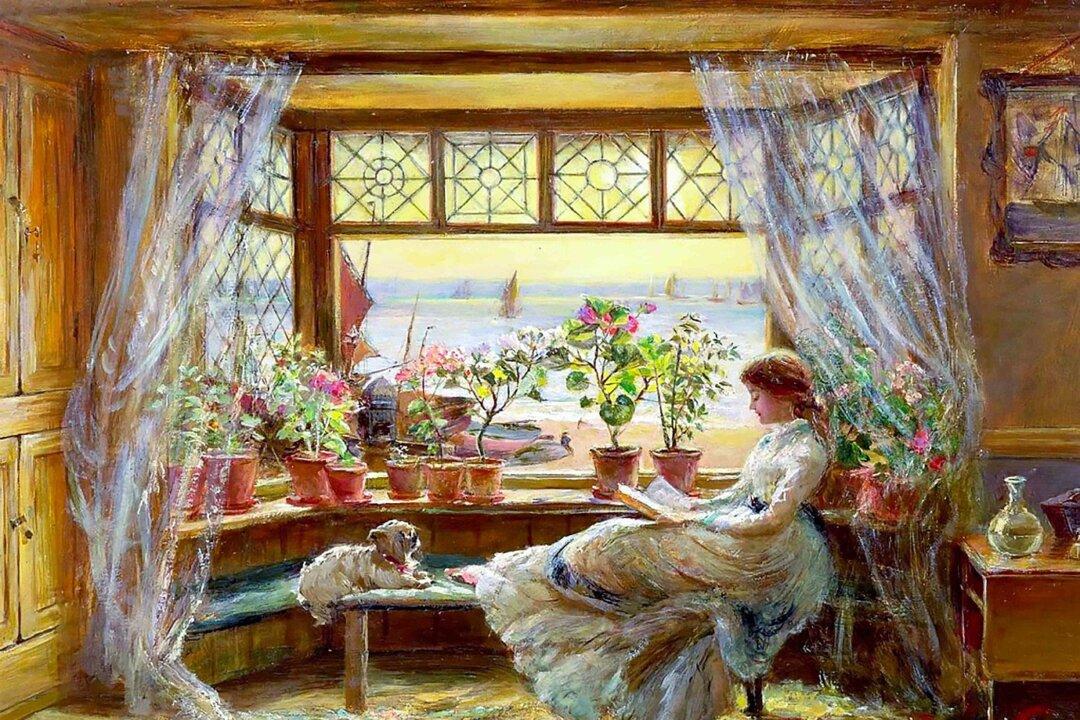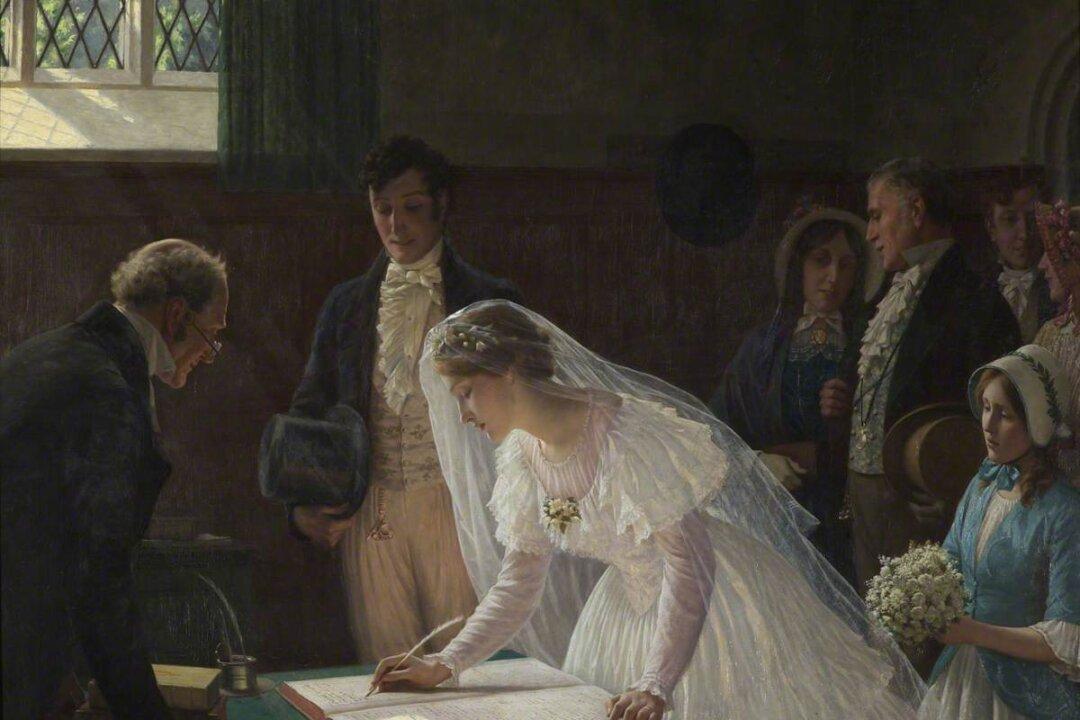I like to read other people’s mail. Don’t worry, I only read the mail of dead people. Mainly dead people whose books I’ve read. Let me explain: I like to read published letters of my favorite authors.
I’m currently dipping into two volumes of selected letters: Willa Cather’s to virtually everyone she corresponded with in her whole life (“The Selected Letters of Willa Cather”) and those between Mark Twain and his good friend, author William D. Howells (“Selected Mark Twain–Howells Letters 1872–1910”).

